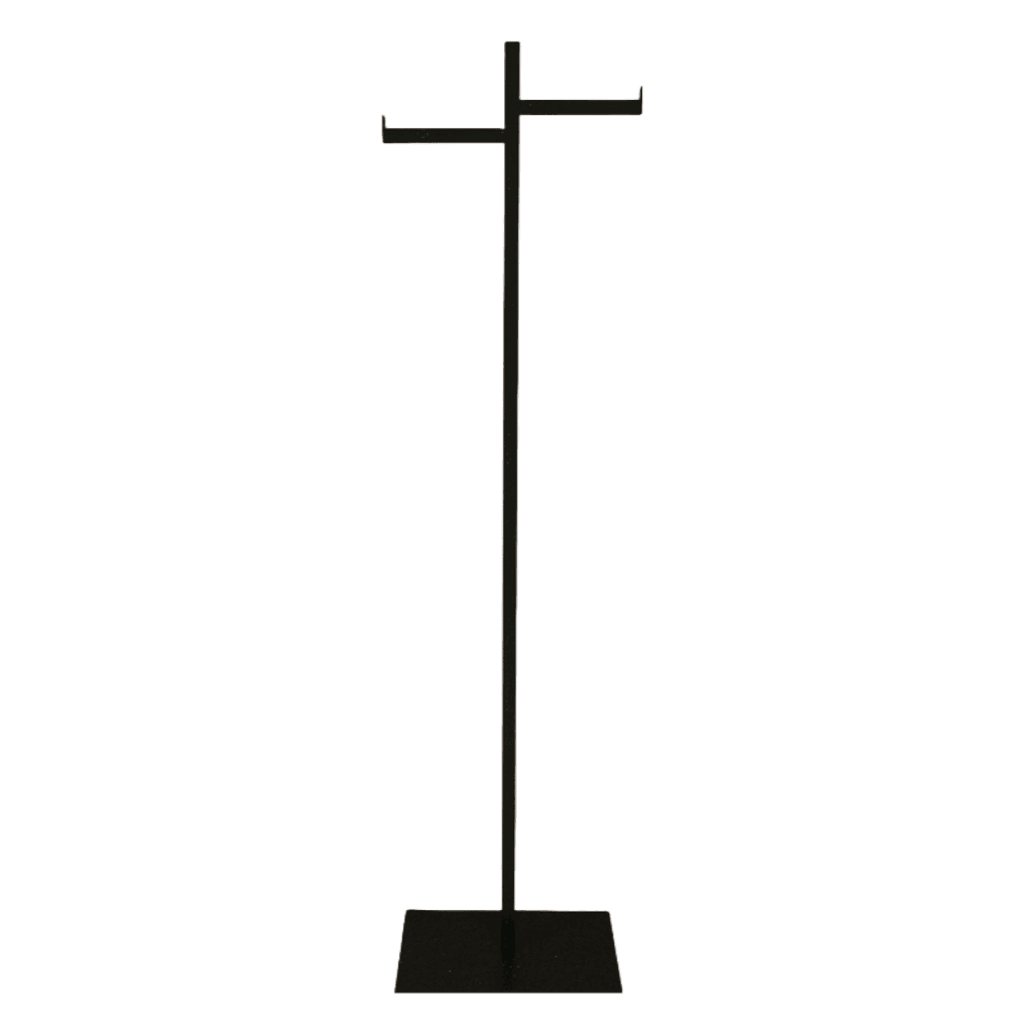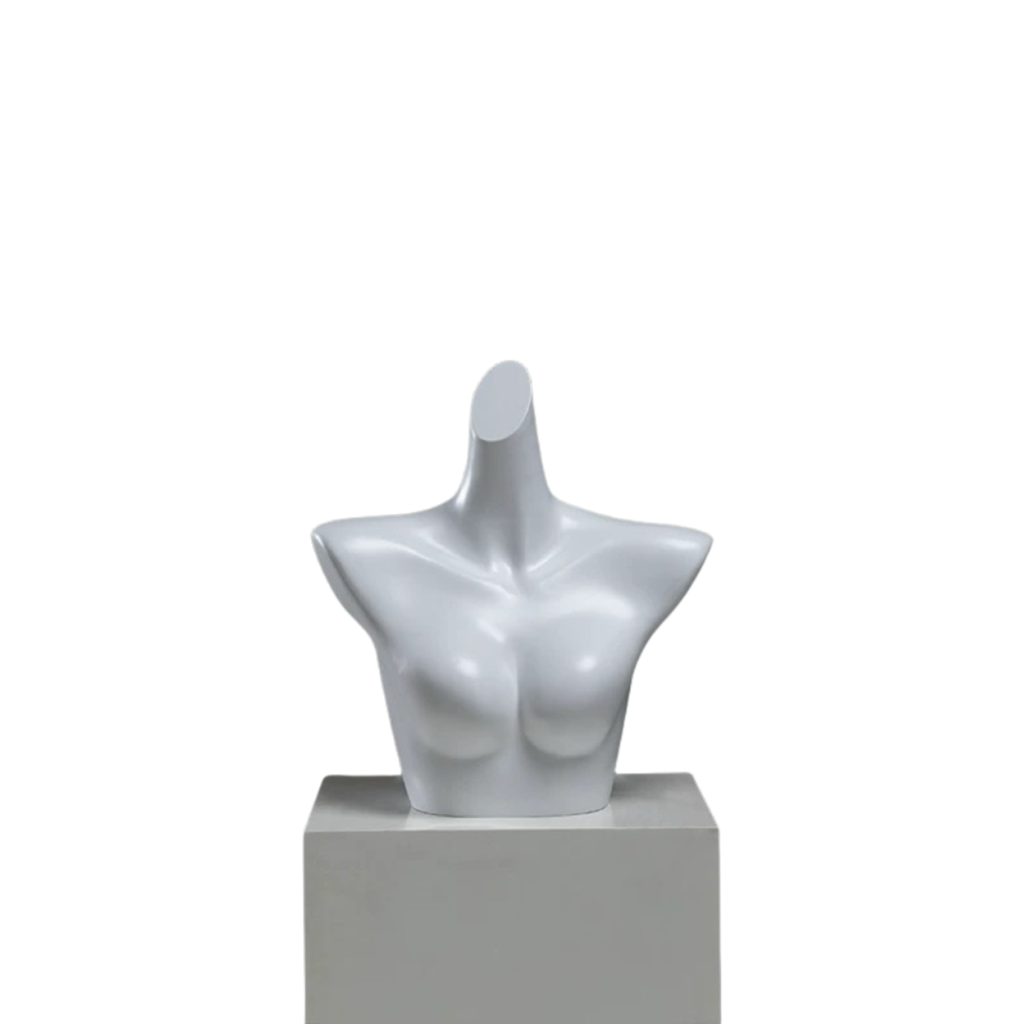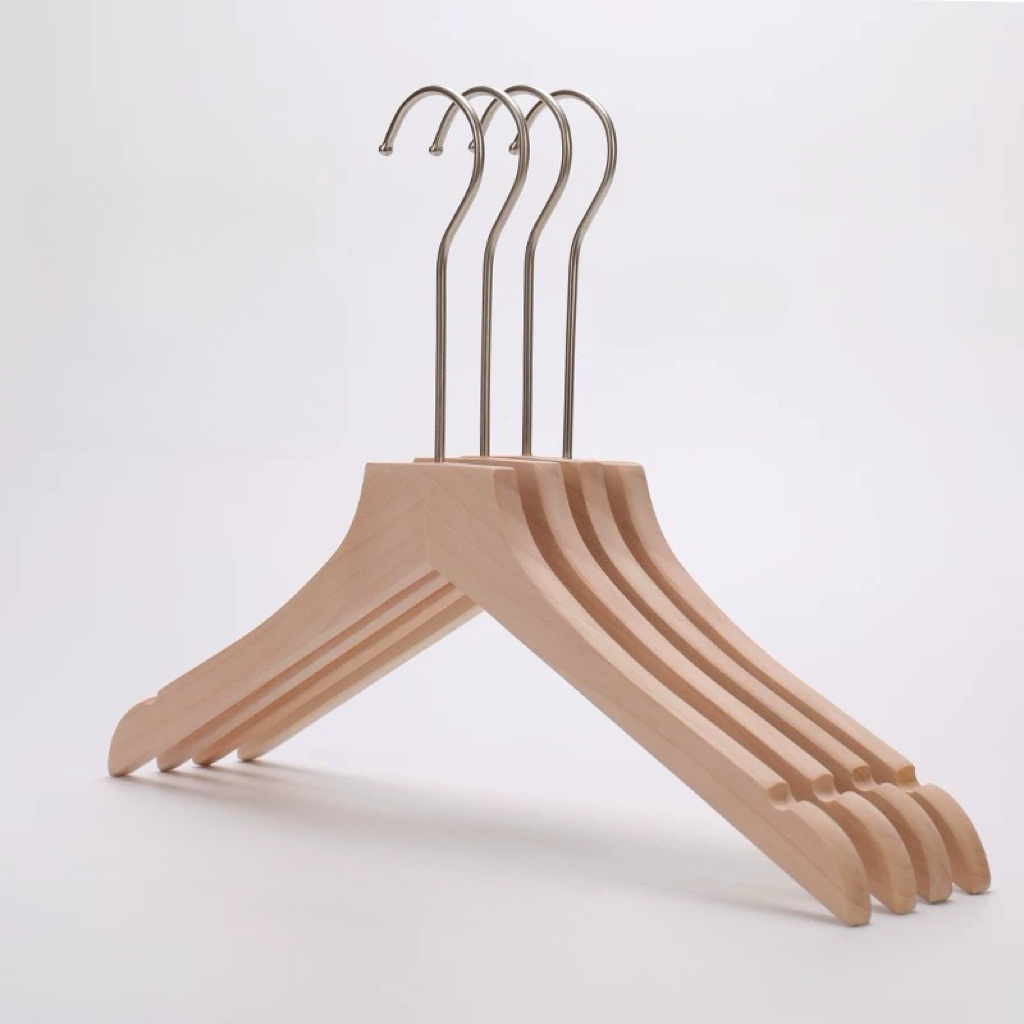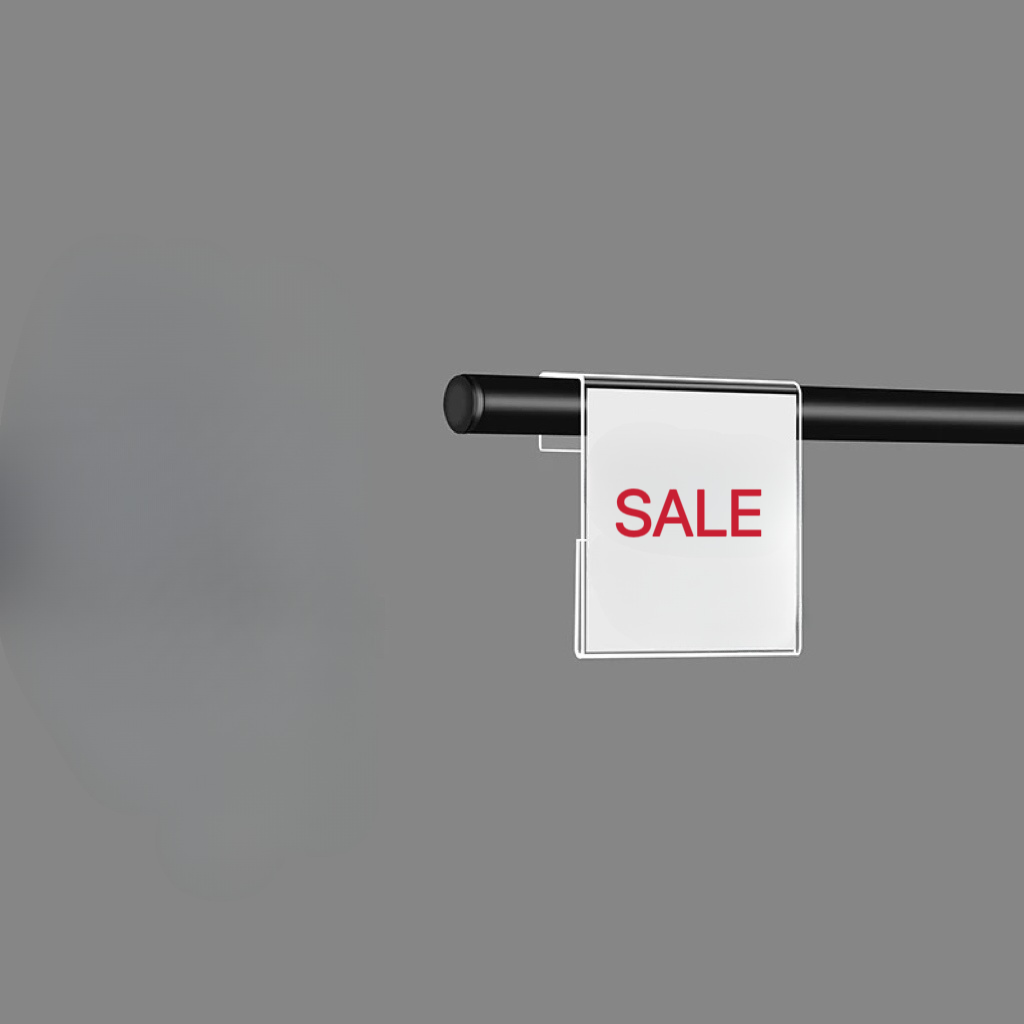Learning Retail Play Aesthetics from MUJI: Transform Your Store Displays
"A brand which really touches customers' hearts is above the product itself. We have to offer customer experiences and provoke a retail revolution. " – MUJI.
Retail play is way more than the art of putting up products on shelves; it is creating an immersive experience that would attract customers, engage them with any brand, and elevate their journey in a store. Retail play is more than the merchandising of old and looks to make a memory of the experience of shopping. In this blog, influenced by the beautiful aesthetic and strategic approach that MUJI take to retail displays, we will discuss what retail play is and how you can use it to optimize the layout of your store.
At this point, we will see how you can reapply the principles of retail play to your own store by using techniques inspired by MUJI retail aesthetics. More beauty with a proper strategy in place would definitely enhance the customer experience, and hence drive sales.
What is Retail Play?
Before going into MUJI's methodologies, let me first explain what retail play means: Retail play is the idea of the design and layout of retail space for exploration and interaction in such a way that customers can "play" or experience the product in an engaging manner. It might be through dynamic product display, interaction, or curiosity through layout.
The retail play seeks to turn this transactional relationship into a journey for the creation of brand loyalty and customer satisfaction. Retail play is helpful in letting customers spend more time in your store, which is beneficial for increasing sales or attaching more emotionally to your brand.
MUJI's Approach to Retail Play: Simplicity and Structure
MUJI has a somewhat minimalist appeal, with clean and functional displays that let the products speak their minds. There is no loud branding or catchy marketing tricks. Instead, MUJI does an exceptionally great job in presenting products so customers will naturally interact with them. The shops are calm and orderly places for customers. This makes it all the more enjoyable, not somewhat overwhelming.
MUJI's retail play methodology is a way of mixing standard Japanese Visual Merchandising techniques with local cultural preferences and customer behaviours. A blend that ensures the displays resonate with the local audience while still retaining the core values of the brand.
Following are the identified key principles from MUJI for your store by retail play.
1. Functional Product Placement: The Rule of Three Layers
MUJI has a three-tier system for setting up products for display:
Bottom layer: Selling area. Products are placed right in front, at a point where customers can easily reach them and go.
Middle layer: Display area, used to show products and their application. At this layer, customers can touch the products on display and observe their application.
Top layer: The high-visibility area of a store that gives visual impact. These products are usually out of reach yet are placed in view to catch the eye and draw attention to merchandise.
These three layers of display ensure better visibility of the product, keeping in view the organization and accessibility of the merchandise. This layering is actually the real basis of retail play, as it involves invitation creation for customers to explore and act on each tier, from those that are easily accessible to those that form the visual highlights.
2. Retail Play and Standardized Display Techniques
While retail play allows for creativity, there is also a need for consistency, especially when one is designing for multiple store locations. There is a real need for standardized display techniques that create a consistent customer experience in all of your stores.
MUJI balances creativity with structure in its approach to retail play by adhering to these key principles:
Neatness: The display must be neat and clean and avoid messiness, which may overwhelm the customer.
Abundance: Full and well-stocked display customers will always seem to think always enough to buy.
Visual Impact: The display should be snappy so that it provides a powerful impression at first sight.
Customer Purchasing Behavior: Note the direction from which the customers are browsing and walking in the store. Create displays in harmony with customer behavior-for instance, placing products at eye level or arranging merchandise from left to right.
At Build Your Shops, we offer a range of store fixtures, fittings, and retail play solutions to let retailers take their displays to the next level. From minimalist streamlined environments to engaging dynamic spaces, we can provide the tools and expertise to do so.




